As a student of historical war and conflict, I never imagined I’d find myself in the position to document a modern war firsthand, especially one in Europe. But all of that changed when Russia invaded Ukraine on Feb. 24, 2022. My life mission is to educate people about war with the hopes of a more peaceful future. And here I was watching a war unfold live: the largest European war and human exodus in Europe since World War II.
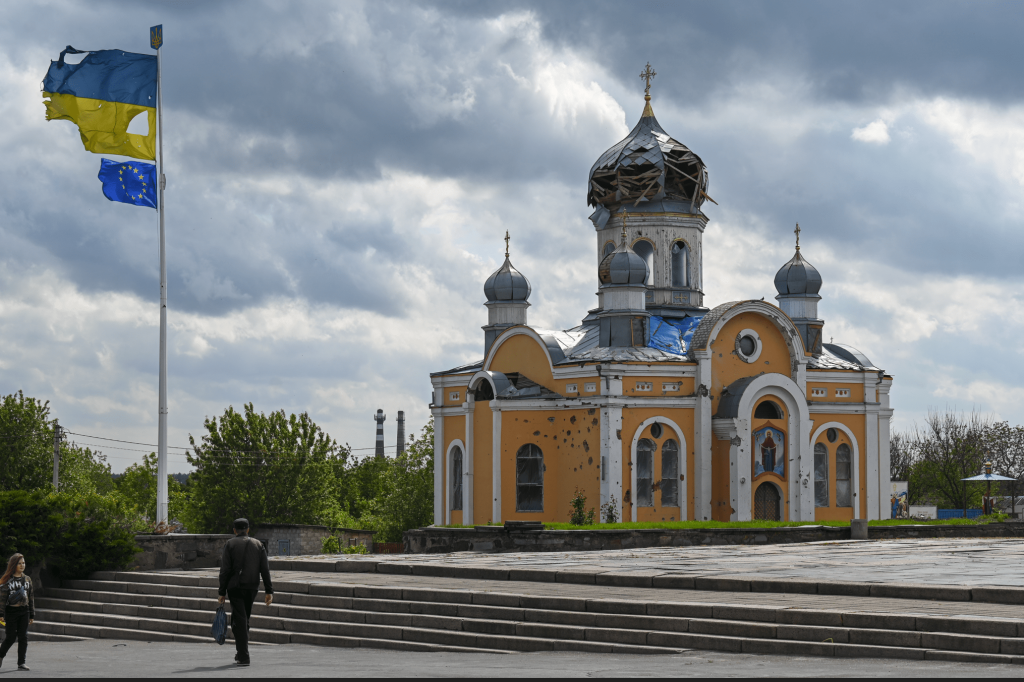
As the founder of the nonprofit organization WWII Veterans History Project, most of my work revolves around preserving history. I’ve interviewed more than 100 WWII veterans over the past seven years and worked to educate future generations about the importance of remembering the past. With warped interpretations of World War II and denazification at the forefront of the false justification for Vladmir Putin’s invasion, I felt compelled to go to Ukraine and document the truth of the developing situation.
In March, shortly after the invasion began, I flew to Poland and spent my Spring Break on the Poland-Ukraine border to deliver humanitarian aid and document the refugee crisis. Then in May 2022, I traveled to Ukraine to witness and document the war firsthand.
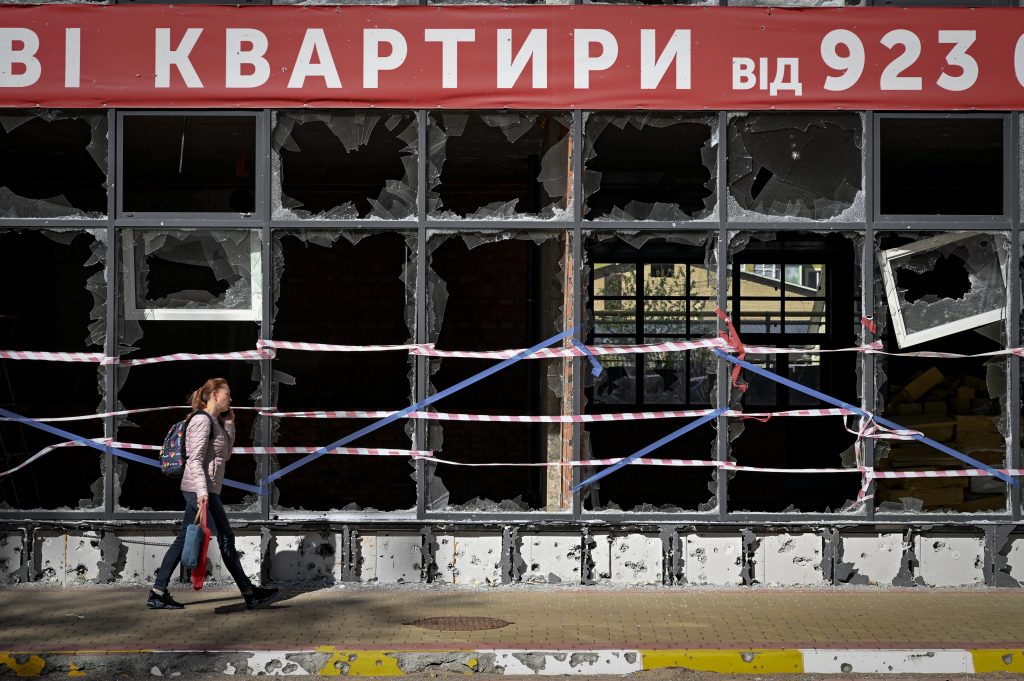
For several weeks I was embedded with soldiers and civilians whose lives had been upturned by the invasion. Despite the inherent risks, they had stayed behind to defend their country and welcomed me with open arms. They made it clear that now more than ever, it’s critical to document the ongoing conflict and tell the world what’s happening in Ukraine.
I began my journey in the West, arriving by train to Lviv. I then traveled to the fortified city of Kyiv, the capital of Ukraine. For several days I was living in the town of Bucha in the capital region. Bucha was hit hard in the early weeks of Russia’s invasion and not only saw horrific fighting, but unimaginable war crimes against civilians. Each night I returned to this war-torn town, where I slept at the home of a local museum curator. Just two months before, Russian soldiers had occupied his house and slept in the same bed.
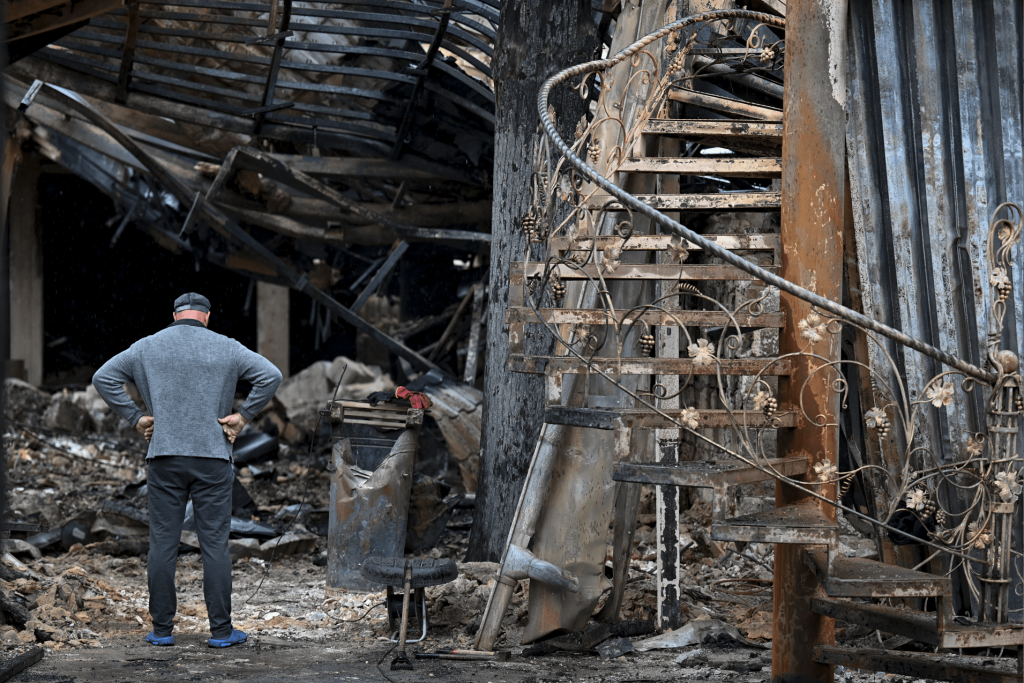
I continued eastward to Sumy Oblast, which borders the Russian Federation. There I met the “Sumy Partisans”––a volunteer outfit that has been fighting Russian forces since February, defending their homeland against the ongoing invasion. These men were indispensable in helping me capture their country’s story and understand the war’s true brutality.
Just miles from the front, I donned a ballistic vest as we drove down eerily empty highways under constant threat of aerial attack. Destroyed tanks, bombed-out buildings, unexploded munitions, and rotting corpses littered the terrain. We explored the ruins of villages, homes, and, ultimately, what was left behind by those forced to flee.
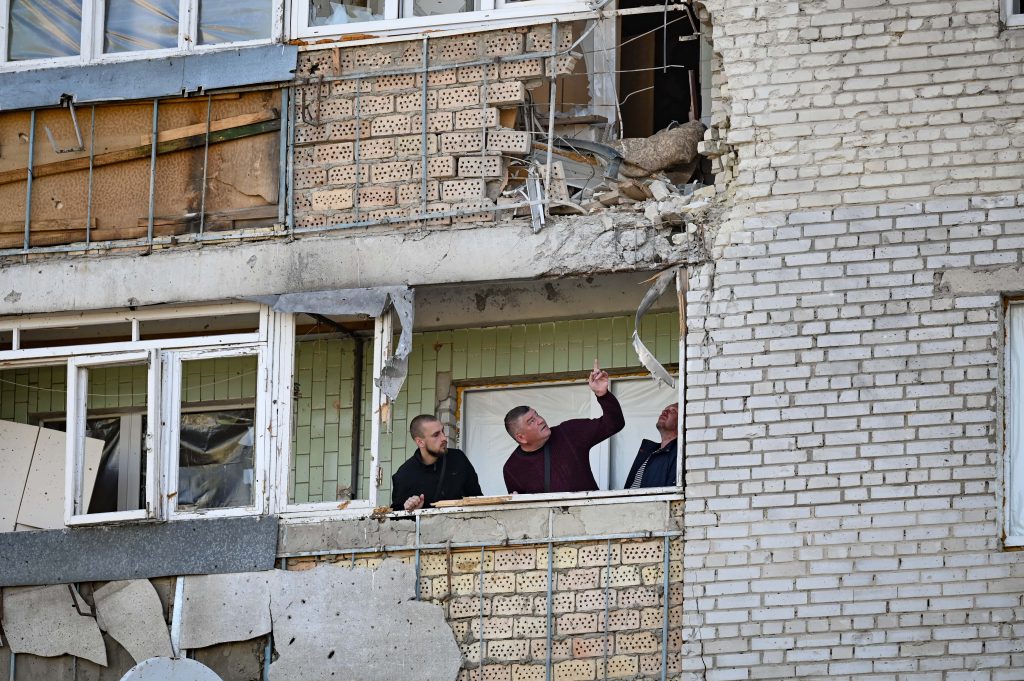
After several weeks in the country, I made my way West, crossing back into Poland and away from the war.
Although I’m now back in the US and preparing to start my Junior year here at Rollins, I’m still struggling to collect my thoughts about what I witnessed and experienced in Ukraine. It was undoubtedly the most eye-opening trip of my life.
The sheer magnitude and scale of the situation is quite challenging to describe in words, so I’ve done my best to convey what I saw through photographs. I took several thousand images during my journey, hoping they will help tell the story of the war and why it matters.
Even after talking firsthand with hundreds of veterans about war and combat, I realized I still had no idea what it was like to be in a nation at war until I experienced it myself. Whether you’re in an area with active fighting, a community that has been liberated, or a region that has seen no combat to date, the lives of all citizens have been touched by this war. Yet I found people of all ages from all walks of life in many different communities striving for a sense of normalcy, even as the fighting raged on nearby. Many had their homes and livelihoods completely destroyed, but they all had the same sense of relief to have survived and the incredible will and determination to carry on.
Sometimes the juxtaposition of war and normalcy was jarring. At other times, I felt as though people were just trying to find calm within the chaos. The people I met, the places I visited, and the emotions I felt will stay with me for the rest of my life.
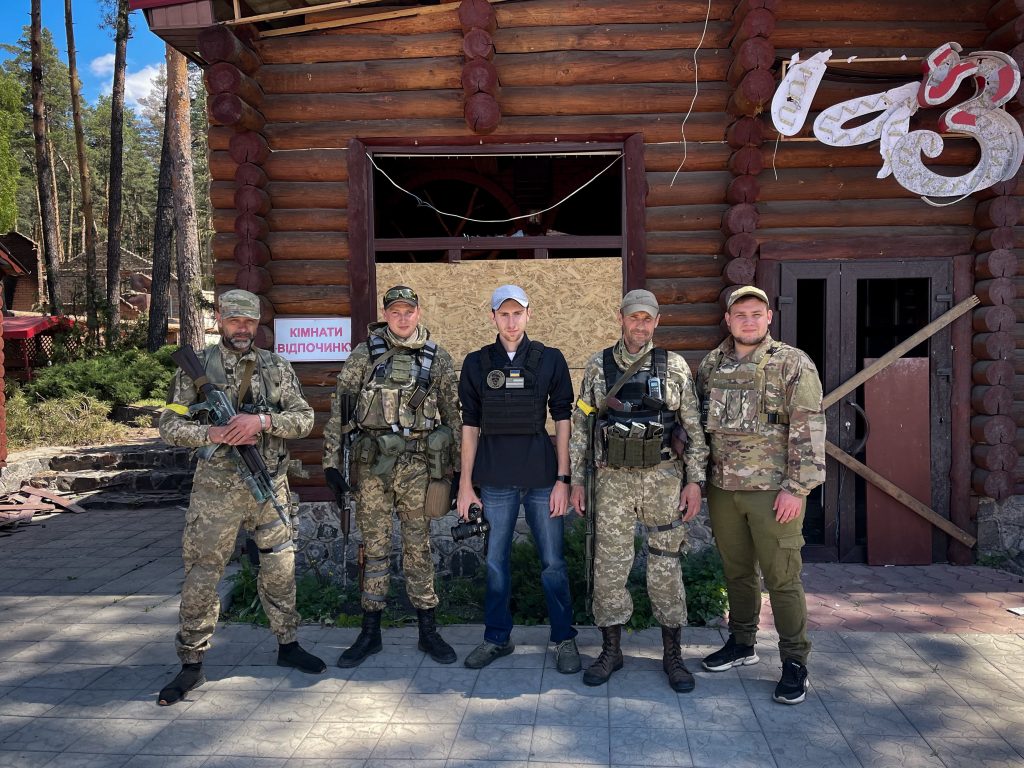
Please keep Ukraine and its people in your thoughts; despite waning media coverage, the war is far from over and intensifying every day. Soldiers are still fighting, civilians are still dying, and all Ukrainians are still enduring the hardships of wartime.
To view more of Benjamin Mack-Jackson’s travels in Ukraine, visit benmackjackson.com/ukraine for a portfolio of his photography or to stay updated with his journey follow his Instagram @benmackjackson.

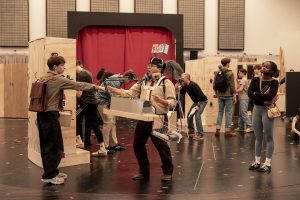
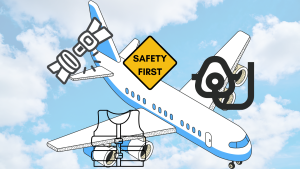
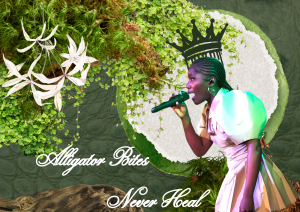

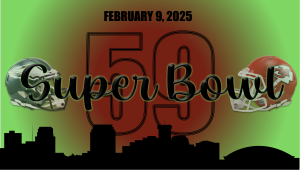


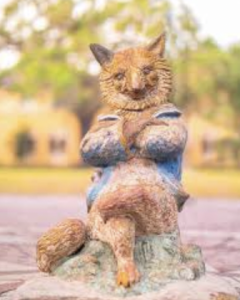
Comments are closed.